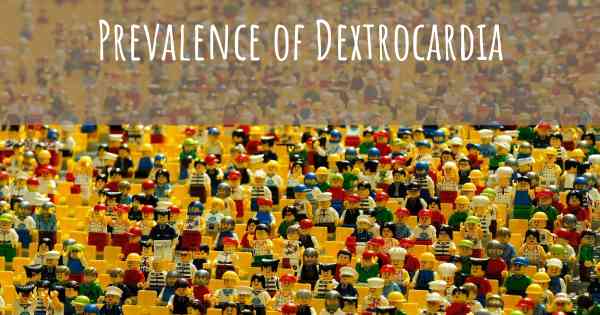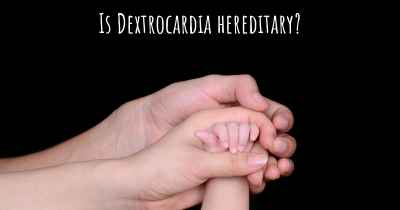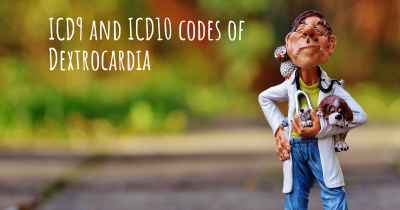What is the prevalence of Dextrocardia?
How many people does Dextrocardia affect? Does it have the same prevalence in men and women? And in the different countries?

Dextrocardia is a rare congenital condition where the heart is positioned on the right side of the chest instead of the left. The prevalence of dextrocardia is estimated to be around 1 in every 10,000 individuals. It can occur as an isolated condition or be associated with other congenital heart defects. Dextrocardia can be diagnosed through medical imaging techniques such as X-rays or echocardiograms. Although it is a rare condition, early detection and appropriate management are crucial for individuals with dextrocardia to lead a healthy life.
Dextrocardia is a rare congenital condition characterized by the heart being located on the right side of the chest instead of the left. It occurs in approximately 1 in every 12,000 births, making it a relatively uncommon condition.
Dextrocardia can be classified into two types:
- Situs inversus totalis: In this type, not only is the heart reversed, but all the organs in the chest and abdomen are also mirrored from their normal positions. This occurs in about 1 in every 10,000 individuals.
- Situs solitus with dextrocardia: In this type, only the heart is reversed, while the other organs remain in their usual positions. This is the more common form of dextrocardia, occurring in approximately 1 in every 22,000 individuals.
Dextrocardia can be associated with other congenital heart defects or abnormalities, such as transposition of the great arteries or ventricular septal defects. However, many individuals with dextrocardia lead normal, healthy lives without any significant cardiac issues.
Diagnosis of dextrocardia is typically made through imaging tests such as X-rays, echocardiograms, or CT scans. Treatment depends on the presence of any associated heart defects and may involve medications, surgical interventions, or ongoing monitoring.
In conclusion, dextrocardia is a rare condition affecting approximately 1 in every 12,000 births. While it can be associated with other heart abnormalities, many individuals with dextrocardia live normal lives with proper medical management.








